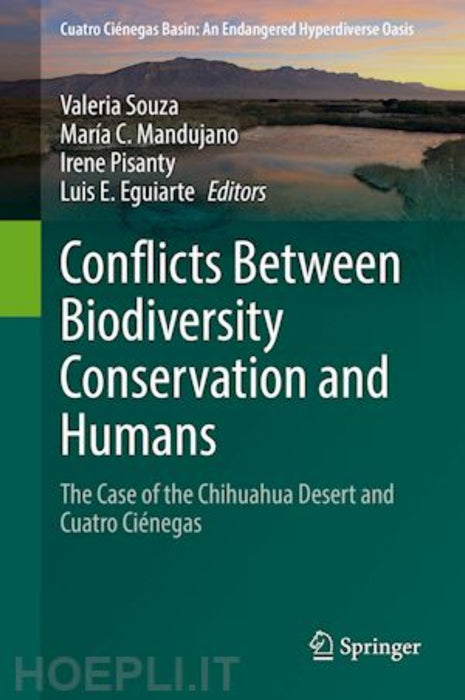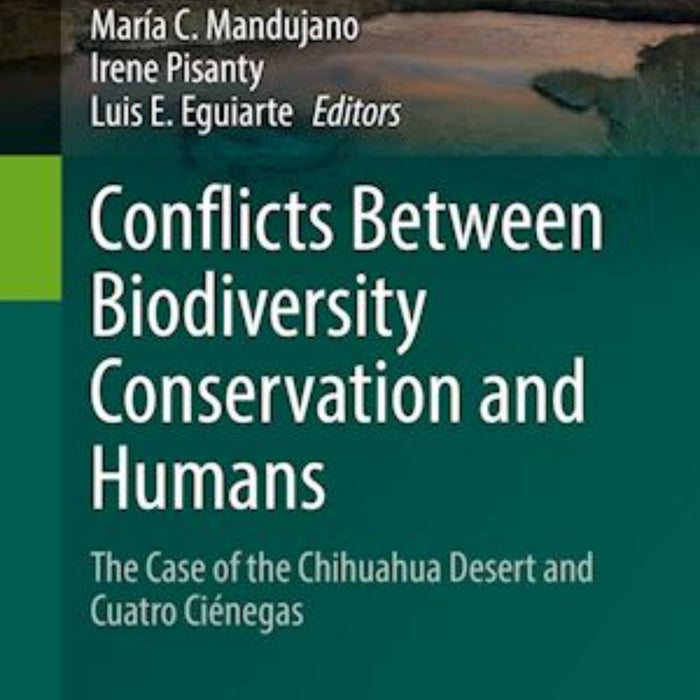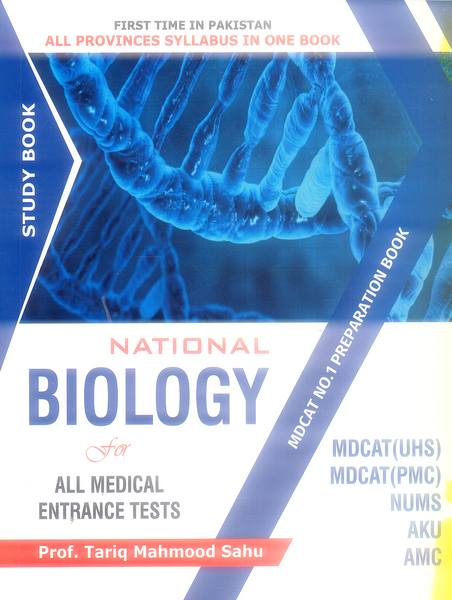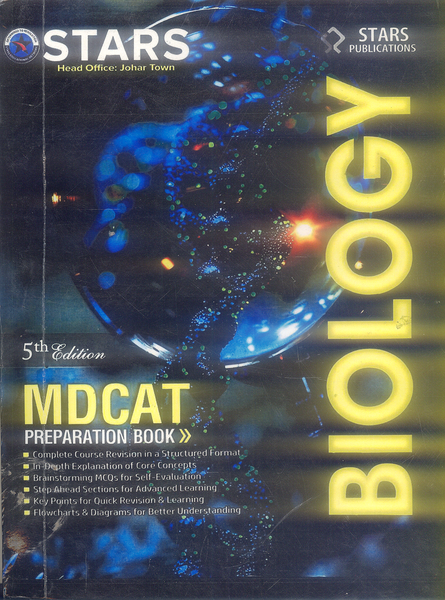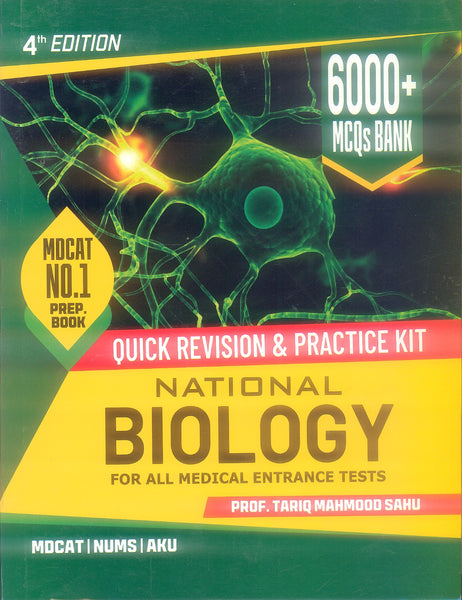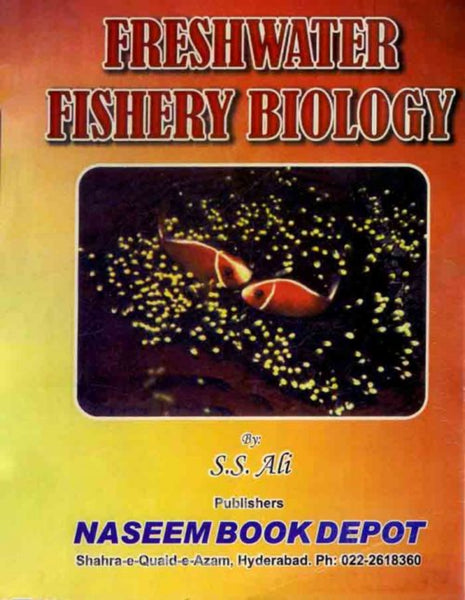Conflicts Between Biodiversity Conservation and Human by Valeria Souza (Editor)
- Publisher: BIOLOGY
- Availability: In Stock
- SKU: 49584
- Number of Pages: 206
Rs.590.00
Rs.750.00
Tags: Aquatic Ecosystems , Aquatic Plant Conservation , Aquifer Protection , Bacterial Extinction , best books , Best Price , Best Selling Books , Biodiversity Hotspots , Chihuahua Desert , Churince Extinction , Coahuila Desert , Colonial Water Management , Community Participation , Conflicts Between Biodiversity , Conflicts Between Biodiversity Conservation and Humans , Conservation And Humans , Conservation Strategies , Cuatro Ciénegas , Cuatro Ciénegas Basin , Desert Conservation , Desert Fauna , Desert Flora , Desert Rock Art , Desertification , Environmental Challenges , Environmental Education , Environmental Justice , Evolutionary Biology , Irene Pisanty , Legal Water Disputes , Luis E. Eguiarte , María C. Mandujano , Microbial Oasis , Modern Water Policies , ONLINE BOOKS , Online Bookshop , Policy Recommendations , Sacred Water Rituals , Scientific Research , Social-Ecological Systems , Sustainable Future , Valeria Souza , Water History , Water Overexploitation , Water Scarcity , Wetland Governance
Conflicts Between Biodiversity Conservation and Human: The Case of the Chihuahua Desert and Cuatro Ciénegas
Editors: Valeria Souza, María C. Mandujano, Irene Pisanty, Luis E. Eguiarte
Quality: Black White Pakistan Print
🔹 Introduction
Conflicts Between Biodiversity Conservation and Human: The Case of the Chihuahua Desert and Cuatro Ciénegas is a thought-provoking exploration of the complex relationship between biodiversity conservation and human activities. The book focuses on two ecologically significant areas in Mexico: the Chihuahua Desert and Cuatro Ciénegas. Edited by renowned experts Valeria Souza, María C. Mandujano, Irene Pisanty, and Luis E. Eguiarte, this work examines the tensions between the preservation of unique ecosystems and the demands of human development. Through detailed case studies, it sheds light on the challenges faced by these regions, particularly the impact of human intervention on local biodiversity, water resources, and land use.
🔹 Key Points
-
Biodiversity Hotspots in Mexico: The book focuses on two critical biodiversity hotspots, the Chihuahua Desert and Cuatro Ciénegas, known for their unique species and ecosystems.
-
Human Impacts on Conservation Efforts: It explores the negative effects of human activities such as agriculture, urbanization, and water exploitation on these fragile ecosystems.
-
Conservation Strategies and Challenges: The editors discuss various conservation strategies implemented in these areas and the difficulties encountered in balancing ecological preservation with human needs.
-
Local Community Involvement: The role of local communities in conservation efforts is emphasized, highlighting the importance of sustainable development practices that can benefit both nature and people.
-
Policy Recommendations: The book offers policy recommendations for improving the management of these areas, advocating for solutions that align environmental conservation with socio-economic development.
🔹 Why Read This Book
This book is a must-read for anyone interested in the intersection of biodiversity conservation and human development. It provides a deep dive into one of the most challenging environmental issues: how to protect ecosystems while addressing the needs of human populations. Researchers, policymakers, conservationists, and students of environmental science will find the case studies and discussions invaluable in understanding the practical challenges and potential solutions for sustainable conservation.
🔹 Conclusion
Conflicts Between Biodiversity Conservation and Human offers essential insights into the difficult balancing act between preserving the natural world and promoting human development. By focusing on the Chihuahua Desert and Cuatro Ciénegas, the book provides a detailed analysis of how biodiversity conservation can be achieved in regions under human pressure. With its interdisciplinary approach and practical solutions, this work is an important contribution to the ongoing discourse on sustainable environmental management.

